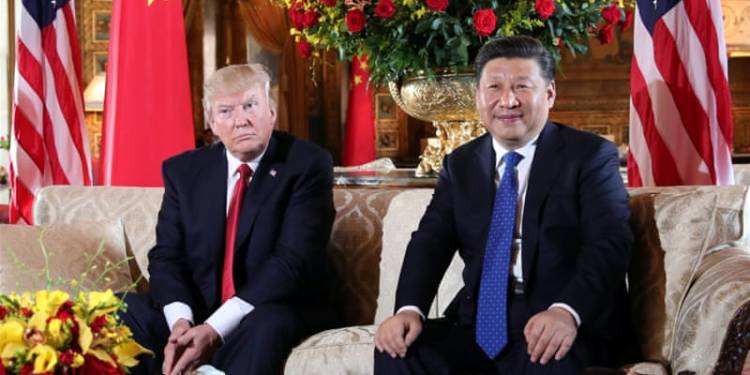In the early 2000s, China got permanent membership in the World Trade Organization (WTO), with the help of the United States, which, at the time, was the sole superpower of a unipolar world. After two decades, the geopolitical situation and the global order have changed completely, at least when seen from the global economy’s perspective.
Today, China is the world’s second-largest trading nation with total trade of 4.34 trillion dollars, 30 percent of its GDP, and the world’s leading exporter with exports worth 2.5 trillion dollars or around 20 percent of its GDP. The United States is a little ahead of the dragon with 4.92 trillion dollars of trade but the country is primarily an importer and exports account for just one-third of the total trade volume.
China benefitted most from the rise of free trade in the last two decades, thanks to its factories which made it an export powerhouse. Given the fact that China benefitted most from free trade accepting economies, it needs a smooth rule-based trading regime more than any other country in the world.
However, ever since Trump came to power, he has repeatedly criticized WTO and free trade. He has accused WTO of bias and the appellate body of WTO, which used to be described as the Supreme Court of World Trade, ceased to function from December 11, after the Trump administration defected.
After the US, which drove the free trade movement since the 1960s and was the leader of WTO, defected under the Trump administration, 18 other members including the European Union, Canada, Australia, Singapore, and Hong Kong, launched an alternative system for trade dispute resolution within WTO.
This organization, officially known as the Multi-Party Interim Appeal Arbitration Arrangement (MPIA), came to effect last week, and yesterday the organization of 18 countries announced that they have included China also as a member.
China, being the largest trading nation in the group, has become the de facto leader of the new trade resolution body. MPIA functions on the very same principles as the WTO appellate body. It is based on Article 25 of WTO dispute settlement and has judges from the same organization. Hence it is basically the new ‘Supreme Court of world trade’ with China being its de facto leader.
“The countries [in the MPIA] argue that the new system is designed to preserve the principle enshrined in international trade law that governments have the right to appeal in any dispute,” the European Union said in a statement.
The powers of this new group are limited as many major trading countries like India, Britain, Japan, South Korea, and most importantly the United States, the largest trading nation, all are not part of the group. “The absence of the US, however, makes its real power limited, as the US is the largest target of trade complaints,” Tu Xinquan, a professor at the University of International Business and Economics in Beijing.
But, the fact remains that China is now able to lead a parallel trade resolution body, with many prominent economic players in global trade. And this is the first sign of a bipolar world, where China stands face to face with the United States with the nations of the world being forced to take sides.
This also shows that China is no longer ready to follow the American lead- the country is ready to create its own rules of the game, if deserted by the United States. Under Xi Jinping, the US has become increasingly assertive, and this is visible in the ongoing cold war between US and China on the Coronavirus Pandemic, trade, geopolitical conflicts, and various other matters.

































